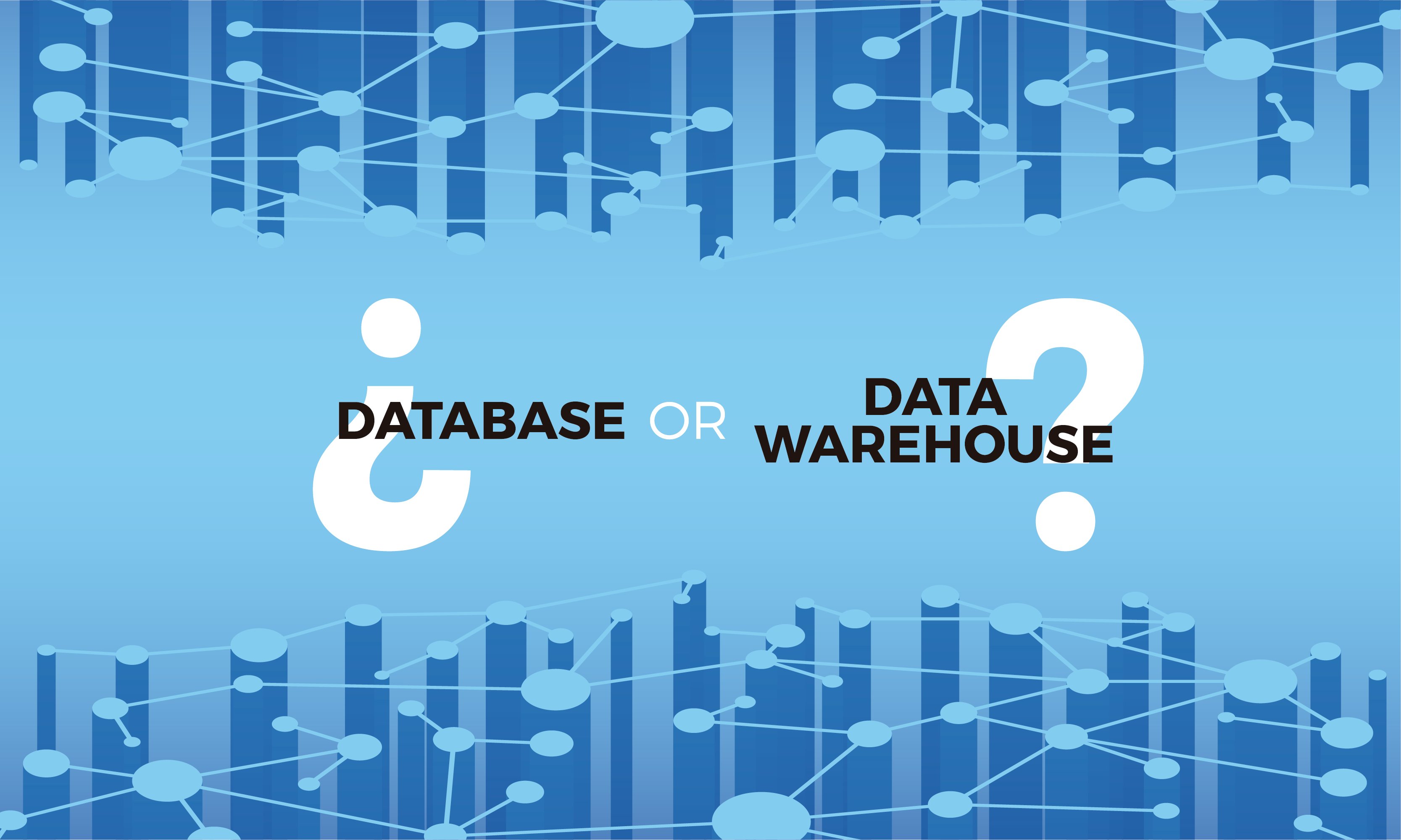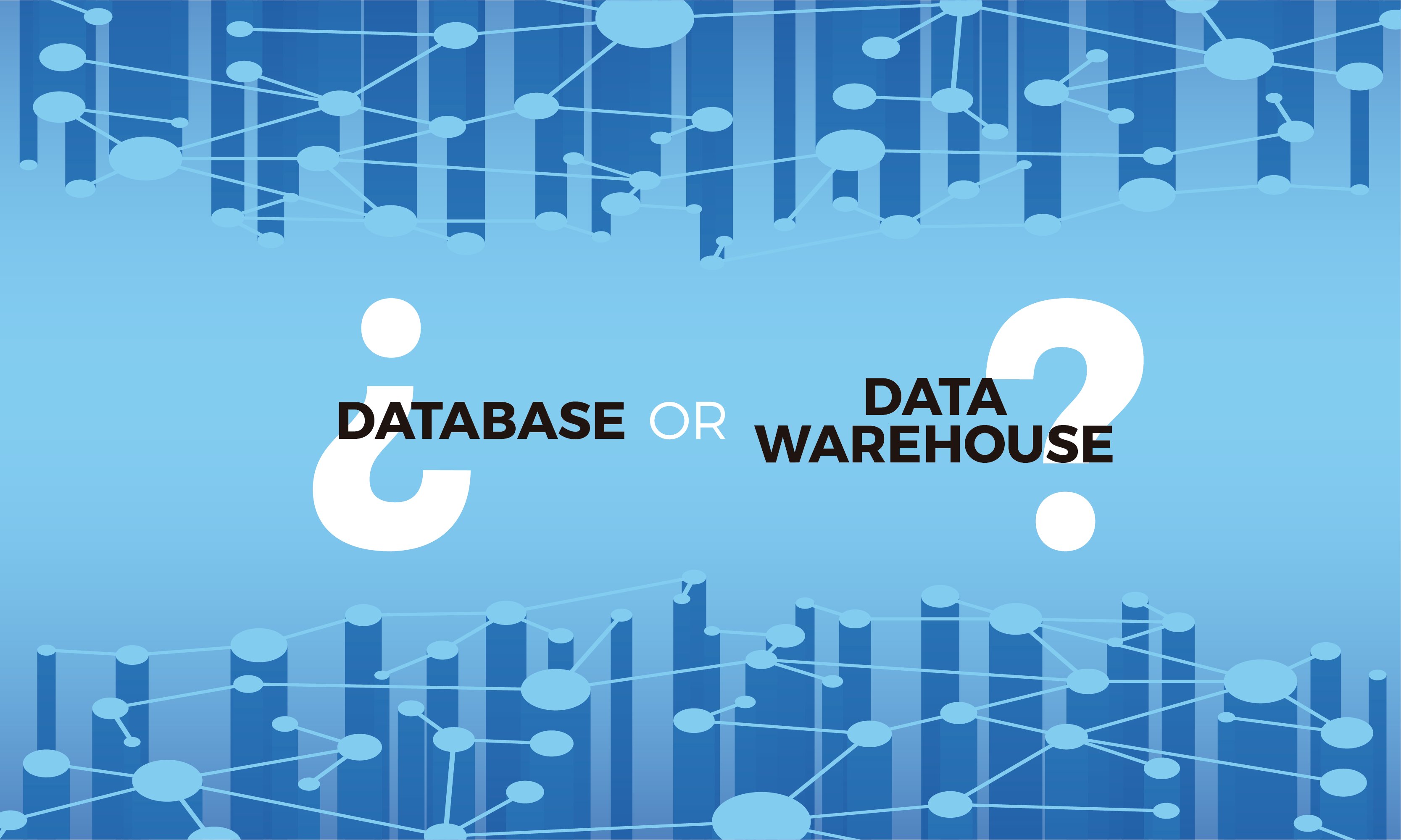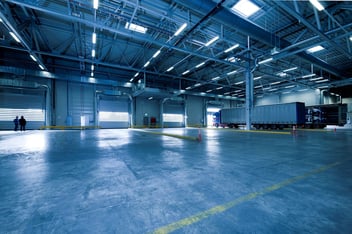Good big data management is key to compete in a globalized market. We explain when is a good idea to choose a data warehouse for your company.
The enormous amount of data and information that a company generates and consumes today can become an organizational and logistical nightmare. Storing data, integrating it and protecting it, so that it can be accessed in a fluid, fast and remote way, is one of the fundamental pillars for the successful management of any company, both for productive reasons and for being able to manage and give an effective response to the customers.

Good big data management is key to compete in a globalized market. With employees, suppliers and customers physically spread across different cities and countries, the better the data is handled in an organization, the greater its ability to react to market demand and its competitors.
Databases are nowadays an indispensable pillar to manage all the information handled by an organization that wants to be competitive. However, at a certain point of development in a company, when growth is sustained and the objective is expansion, the doubt faced by many managers and system administrators is whether they should continue to use a database system, or if they should consider the leap to a data warehouse. When is the right time to move from one data storage system to another?
As a company begins to accumulate terabytes of big data from multiple sources and growth forces multiple tasks and analysis with this information, having different databases scattered can become a big competitive burden. Having to query each database independently, without being able to cross-analyze seamlessly, is inefficient, insecure, slow, and costly.
When the integrated storage of all data is a pressing need for the development and expansion of a company, the solution recommended by leading system analysts is to implement a data warehouse.
What is a data warehouse?
A data warehouse (also known as DWH) is a database designed to store, filter, extract and analyze large collections of data (suppliers, customers, marketing, administration, human resources, banks, etc.). The particularity of these systems is that they are specifically developed to work with big data, allowing to visualize and cross analyze the information simultaneously, without having to mix and consolidate results from different data sources.
A data warehouse is designed to separate big data analysis and query processes (more focused on data reading) from transactional processes (focused on writing). This approach therefore allows a company to multiply its analytical power without impacting its transactional systems and day-to-day management needs.
The data warehouse is a highly recommended tool when you want to make sure that inexperienced users in the management of systems and databases don’t put at risk the information of a company. Given the three-tier architecture used in these solutions, DWH end users can query their data stores without touching or affecting the operation of the system in any way.
In short, the architecture of a data warehouse is based on three levels:
- Lower level - is the server, where the data is loaded and stored.
- Intermediate level - contains the analysis engine used to access the data.
- Upper level - the front-end client that presents the results of the analysis using data visualization tools.
Benefits of a data warehouse
If we were to summarize the benefits of a data warehouse, we could say that it is an indispensable tool for any modern and ambitious company, as it allows decision makers to access data quickly through business intelligence tools, SQL clients and other analytical applications. In addition, they are characterized by:
- Separating processing and analysis of big data from transactional databases, which improves the performance of both systems.
- Consolidating big data from different sources.
- Bringing greater quality, consistency and accuracy to the data handled by a company, resulting in better decision making by its management team.
- Since all the information is deposited in the same central warehouse, a higher quality of the data is guaranteed, and the time required for the generation of reports and analyses is optimized.
- Facilitating the elimination of duplicate records, errors and inconsistent information.
- Increasing consistency in internal reporting by standardizing and centralizing the data sources handled by different departments.
The basic differences between a database and a data warehouse
| Database | Data Warehouse |
| Designed to store data from a very limited number of sources. | Designed to store data from an unlimited number of sources. |
| Efficient for processing transactional operations. | Efficient for analyzing and aggregating large volumes of data. |
| Its capacity for data analysis and integration is limited. | Allows to visualize data and extract reports from complex data quickly. |
| Fast and less costly implementation. | More costly and laborious initial implementation. |
| Ideal to see the current state of a company. | Ideal tool to study the evolution of a company and make medium- and long-term projections. |
Data warehouse in the cloud or on a local server?
Data warehouses can be installed on a corporate server or in a cloud warehouse. The latter formula is becoming increasingly common, as it allows companies to address in a more practical and scalable way the growing need to access more and more data.
Among the advantages of having a data warehouse in the cloud, the following stand out:
- Data security and protection throughout its life cycle. Cloud service providers need to take the daily update of their security and backup protocols to the next level.
- The scalability of the storage system is much easier.
- DWHs in the cloud are cheaper, as they do not entail high up-front hardware costs and proprietary software licenses.
- The installation and commissioning of a data warehouse in the cloud is generally faster.
- Cloud services connect more easily to other services in the cloud, which in turn results in greater system efficiency.
At the same time, installing a data warehouse on a local corporate server also has its advantages:
- Cloud solutions tend to be based on servers that are very far from the end customer, so there can sometimes be a slight delay in consulting the data that some companies cannot afford. Speed and latency on local servers can be better managed internally, at least in business cases that are confined to a particular geographic location.
- There is greater control over server security and data access, which for some companies is an absolute priority.
- If a company has a highly qualified IT team and state-of-the-art hardware, a fully internally controlled data warehouse is a winning choice.
What are the differences between a data warehouse, a data lake and a data mart?
Data Warehouse, Data Lake, and Data Mart are three distinct concepts used in data management and analytics, each serving specific purposes in organizing and storing data. Let's understand the differences between them:
-
Data Warehouse:
- Purpose: A data warehouse is a centralized, large-scale repository that stores structured and historical data from different sources within an organization. It is designed for efficient querying, reporting, and analysis of data to support business intelligence (BI) and decision-making processes.
- Data Structure: Data in a data warehouse is organized in a structured manner using a schema, often following a star or snowflake schema design. It undergoes Extract, Transform, Load (ETL) processes to integrate, clean, and transform data from various operational systems before storing it in the warehouse.
- Data Use: Data warehouses are primarily used for complex analytical queries, generating reports, and conducting historical trend analysis. They are optimized for read-heavy workloads and support data aggregation and business performance reporting.
- Purpose: A data lake is a vast and flexible storage system that stores both structured and unstructured data in its raw form. It serves as a centralized repository to store a wide variety of data types without requiring a predefined schema or data model.
- Data Structure: Data lakes adopt a schema-on-read approach, meaning the structure is applied when the data is queried and accessed. This allows for more agility in data storage and exploration.
- Data Use: Data lakes are suitable for storing large volumes of raw and diverse data. They are often used as a foundation for big data and advanced analytics, allowing data scientists and analysts to explore data in its raw form and derive insights using various tools and technologies.
- Purpose: A data mart is a subset of a data warehouse that is designed to serve the analytical needs of a specific department or business unit within an organization. It contains a focused set of data relevant to a particular user group or subject area.
- Data Structure: Like data warehouses, data marts can use a star or snowflake schema to organize data. However, data marts are typically smaller in scale and are built to cater to specific business requirements.
- Data Use: Data marts provide a more targeted and simplified view of data for end-users, making it easier for them to perform analysis and reporting within their domain. They are designed for quick access to specific data, allowing business users to get insights without the complexity of the entire data warehouse.
In summary, a data warehouse is a centralized repository for structured historical data, a data lake is a flexible storage system for raw and diverse data, and a data mart is a subset of a data warehouse tailored for specific business units or departments. Each serves a different purpose and caters to specific data management and analytical needs within an organization.



